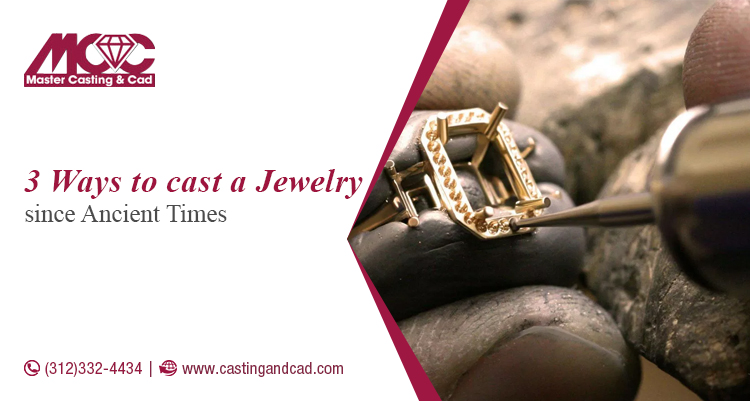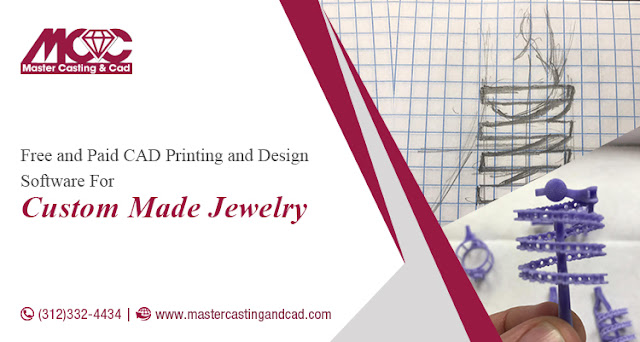3 Ways to Cast a Jewelry Since Ancient Times
It is important for every precious metal investor to learn about the three ways through which jewelry casting is done. Casting jewelry with different alloys or metals, such as gold, platinum, etc. is prevailing for decades. Since ancient times, jewelers used to create rings and other pieces of jewelry simply by converting the solid metals into its liquid state and pouring them into molds. Surprisingly, they won't define this method with a term but later on the process has been named as “casting”.
Although their primary ingredients and process are almost the same, different jewelry manufacturers use different ways to perform this. In fact, with time a few new methods have also evolved and have gained special recognition amongst the jewelers.
This blog is all about those three ways that have influenced a lot and are the primary cause of astounding jewelries. Let us have a look in details.
1. Lost Wax Method: This is one of the most ancient methods, in which the jeweler shapes a piece of wax into its desired form. The wax was shaped in such a manner that it resembled the piece of jewelry exactly what a consumer wanted to create. It could be a ring, it could be a brooch, or any other ornament. In this process, a piece of wax was taken and packed into sand (something with a high melting point). The jeweler then used to create a small channel initializing from the edge of the mold to the wax model and finally poured the liquid metal into it.
This liquid metal once poured used to replace the wax eventually by melting it completely. The sand was washed away and finally, the custom made jewelry used to be produced and polished thus giving it a new form.
2. Sand Casting: Another ancient casting technique is sand casting which is next to the lost wax method. An amazing procedure was used to cast jewelries of gold, silver, or any other metal. In this process, the jeweler used to create a two-part sand mold that replicated the item needs to be created.
Similar to the previous point, small channels were formed along with some areas for excess metal to flow into. These areas ensured that whenever the molten metal would be poured into the channels, the ring-shaped cavity would be completely filled. As the metal solidifies, the jeweler trimmed off the extra pieces giving the metal its desired shape.
3. 3D Printing and Design: With the evolution of technologies, ancient casting techniques have been faded away and there emerged the latest amazement – 3D printing and design. This particular technique is used by almost every master casting and CAD houses.
In this process, 3D models are created using CAD technology, thus providing accurate and contented designs to the jewelers across the world. The best thing about this technique is that no single design or no single effort is wasted, even if the client keeps on changing the design of that particular jewelry. All designs that are created are original, instead of overwritting them. Hence quite a great variations are easily obtained from a single design.
These are the three different ways that were/are used in creating custom made jewelry. Casting is just an initialization. Once it is done, it is neither perfect nor is ready to sell a consumer. The casting process has to be followed by polishing and fitting diamonds into the gold base to create the perfect piece of a jewelry. During these processes, a lot of small bits of gold or silver, or any other precious metal leave their impression. This miniature sized metal stuff is known as Gold Scrap that is as essential as a gold bar or a gold biscuit. In fact, there is some casting house that conducts clean scrap service.
Master casting and CAD houses in Chicago are brilliantly flourishing day by day. And the technology used by them is the 3D printing and design technology.




Comments
Post a Comment